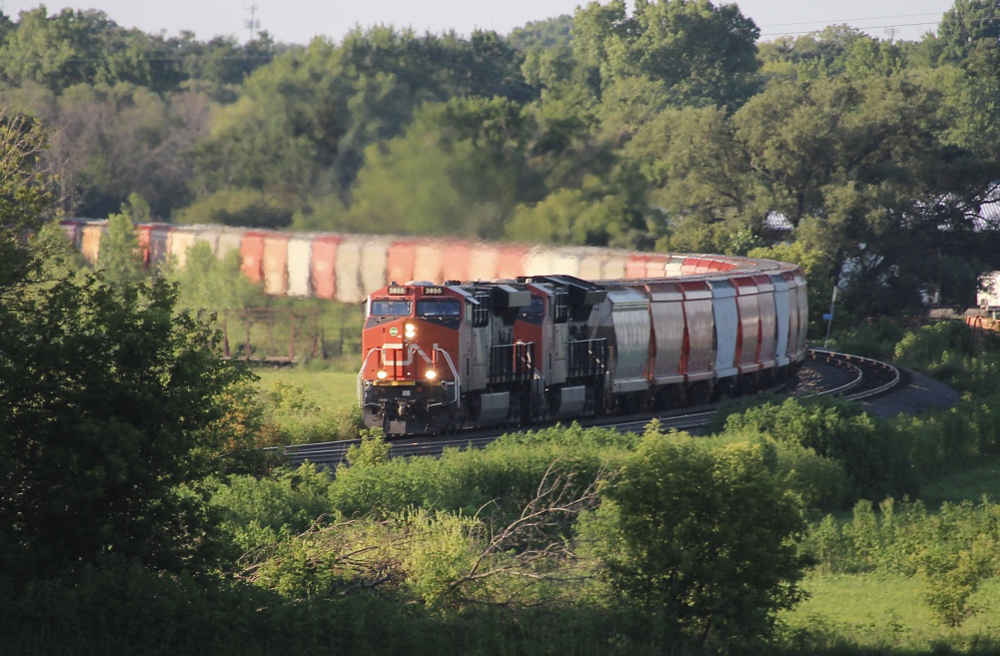
MONTREAL – Canadian National reported record revenue and operating income in the second quarter amid a dramatic operational turnaround that has the railway performing at its highest levels in five years.
“The network is fluid and the operating team has done a great job of improving performance across the network,” CEO Tracy Robinson told investors and analysts on the railway’s earnings call Tuesday afternoon.
For June, 91% of trains departed on time, a 14% improvement compared to a year ago, while train connection performance improved to 78%, a 30% improvement, Chief Operating Officer Rob Reilly says. Terminal dwell was at its best levels since 2016, while car velocity in Western Canada averaged 260 miles per day, the fastest since the second quarter of 2017.
“We’ve leaned in to our scheduled operations, improving train performance and service to customers. And we’re seeing the beginning of improvements in velocity,” Robinson says.
CN’s operational performance stands in stark contrast to the big four U.S. systems, which are struggling with crew shortages that have caused congestion in key areas.
CN has hired 850 conductors since the end of 2021, which will position the railway to handle the Canadian grain harvest and anticipated broad traffic growth in the fall and winter. “We’re in pretty good shape,” Reilly says.
For the quarter, volume was flat when measured by carloads, but up 2% on the basis of revenue ton-miles, the favorite metric of the Canadian railways. Grain volume was down 12% due to the lackluster Canadian crop, with Canadian grain shipments off by 40%. Petroleum and chemical shipments, coal, and automotive business all saw double-digit percentage increases.
CN handled record traffic levels in the U.S., thanks partly to a rise in export grain and coal shipments due to the war in Ukraine and related sanctions on Russia.
The railway had to meter international intermodal traffic from the British Columbia ports of Vancouver and Prince Rupert due to congestion at its terminals in Toronto and Montreal. Shippers were slow to pick up their containers due to a lack of warehouse space and a shortage of truck drivers, Chief Marketing Officer Doug MacDonald says.
The restrictions have been lifted at Toronto, where the railway has opened a new storage facility. Restrictions should be lifted soon in Montreal, where a similar storage facility will open next week. “We’re back running Toronto at full speed and actually running some extra freight through there to help out the West Coast ports,” MacDonald says.
CN’s operating income rose 28% to a record $1.7 billion as revenue increased 21% to a record $4.3 billion. Earnings per share, adjusted for the impact of one-time items, grew 32%, to $1.93. The adjusted operating ratio was 59%, a 2.6-point improvement over a year ago.
“We’re growing our bottom line. We’re growing our top line,” Robinson says, as part of a strategy to make the most of CN’s capacity. CN aims to be thoughtful about the volume in brings on in the West, she explains, while looking for opportunities to fill up the lower-volume Eastern and Southern regions of the railway.
“We know that we earn our way to grow by running a tight, efficient operation and freeing up capacity for growth,” she says. “This is important as we ready ourselves for the volume coming particularly in the Western network over the remainder of this year.”






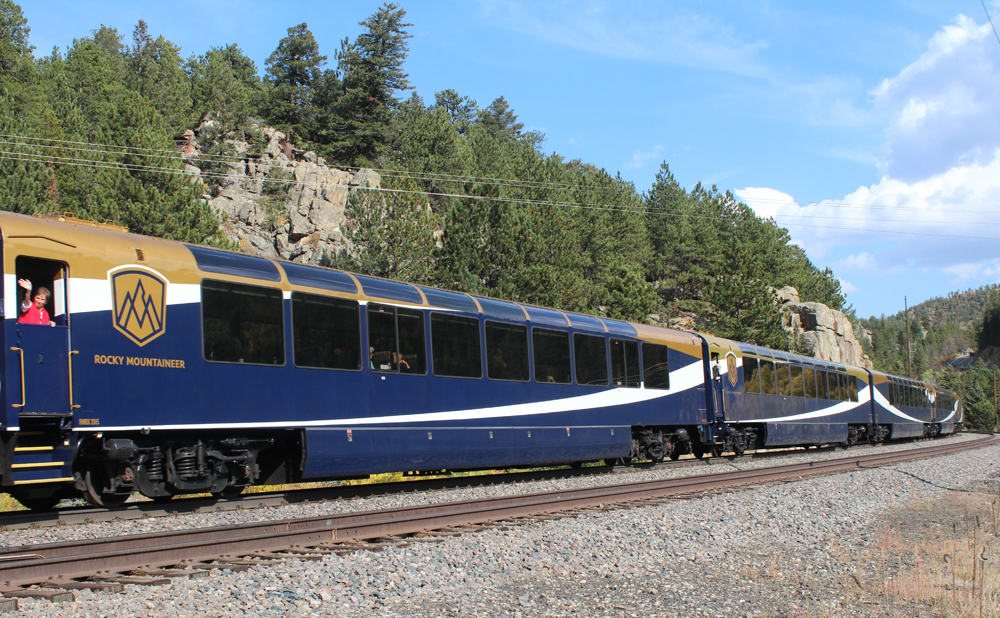
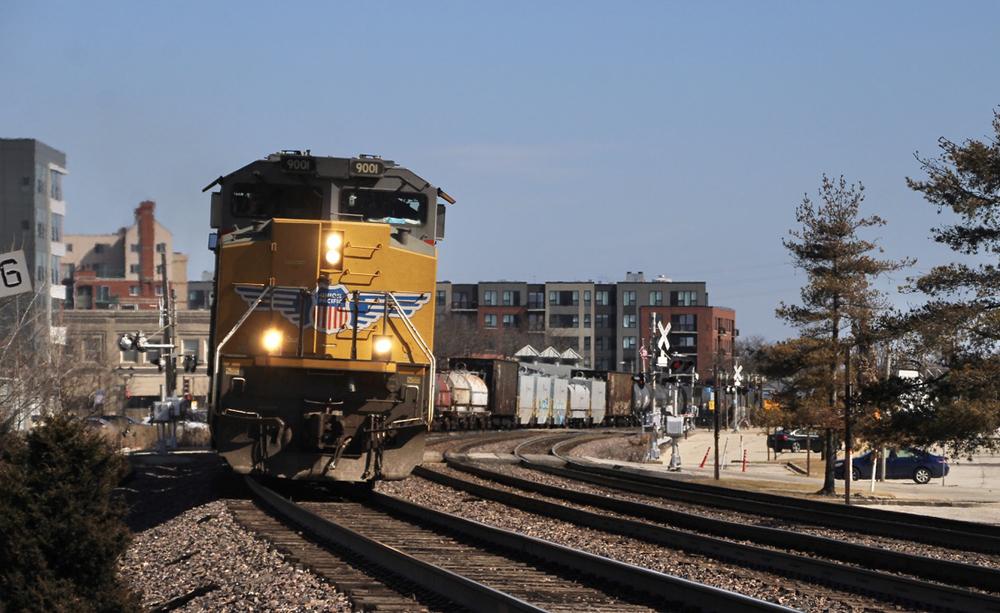
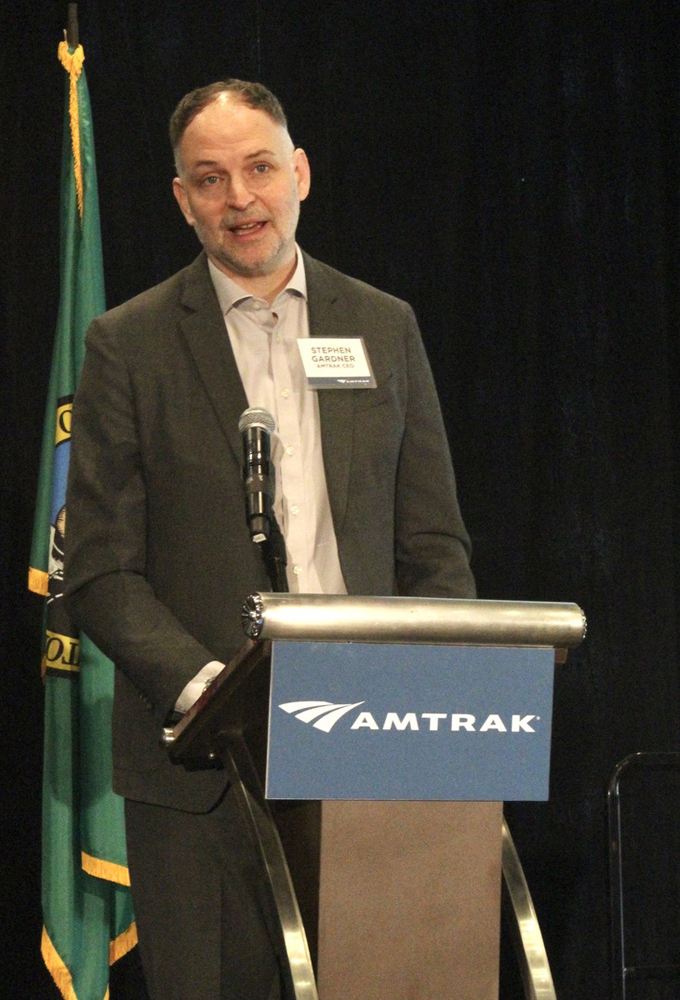
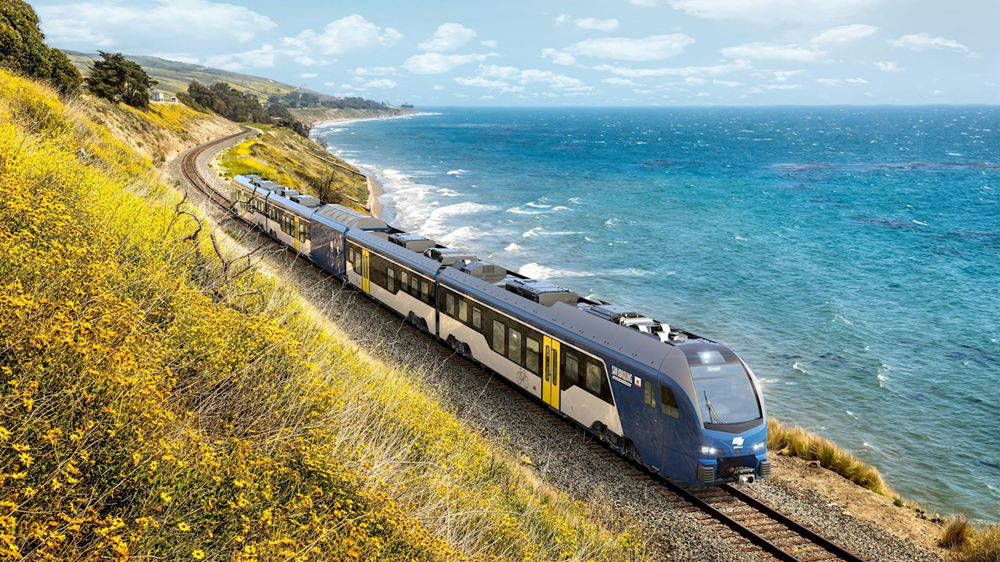




It’s easy to make 91% of trains depart on time when you can simply change the train’s schedule, re-symbol it with an L-prefix to make it disappear from statistics, or simply cancel it and make tomorrow’s train pick up its traffic.
Those who work on the field know better about the real state of the railroad. It’s not that pretty.
15 years in with CN, I couldn’t agree more.